The Roughleaf Dogwood, scientifically known as Cornus Drummondii, is a versatile and beautiful native shrub that holds a special place in the world of landscaping. This hardy deciduous plant boasts a wealth of unique features that make it a standout choice for a variety of applications. Its distinctive foliage, attractive blossoms, and adaptability set it apart, making it a must-have addition to your garden.
Typical Uses:
The Roughleaf Dogwood is celebrated for its diverse uses in landscaping and ecological restoration. Its low, spreading growth habit makes it an ideal choice for erosion control and stabilizing soil in areas prone to erosion. The shrub’s unique charm can also be harnessed for decorative purposes, making it a standout in ornamental gardens and naturalized landscapes. Beyond aesthetics, it’s a haven for wildlife, providing nesting sites and food for various birds, insects, and butterflies.
Establishment and Care Instructions:
- Location: Plant your Roughleaf Dogwood in well-draining soil and choose a location that receives partial to full sunlight. This shrub is adaptable to various soil types, including clay and sandy soils.
- Watering: Initially, keep the soil consistently moist to help the plant establish its roots. Once established, it is relatively drought-tolerant and will require less frequent watering.
- Pruning: Minimal pruning is necessary. To maintain a neat appearance, prune it in late winter or early spring, removing any dead or damaged branches. This will also encourage new growth.
- Fertilization: The Roughleaf Dogwood typically doesn’t require much fertilization. A balanced, slow-release fertilizer can be applied in early spring if necessary.
- Mulching: A layer of mulch around the base of the plant will help retain moisture and control weeds.
Special Features and Usage:
The Roughleaf Dogwood offers several unique features that make it a valuable addition to your landscape:
- Attractive Foliage: The rough, dark green leaves of this shrub turn vibrant shades of red and purple in the fall, adding a burst of color to your garden.
- Delicate Flowers: In late spring to early summer, this shrub produces clusters of small, creamy-white flowers, attracting pollinators to your garden.
- Berries for Wildlife: After flowering, the plant produces white to blue-black berries, which are a favorite food source for various bird species, especially during the winter months.
- Erosion Control: The low, spreading growth habit of the Roughleaf Dogwood makes it an excellent choice for stabilizing soil on slopes and preventing erosion.
- Native Ecosystem Support: Planting native species like the Roughleaf Dogwood supports local ecosystems by providing food and shelter for native wildlife.

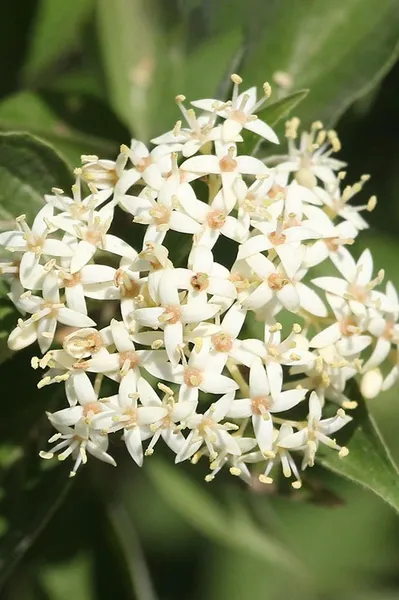
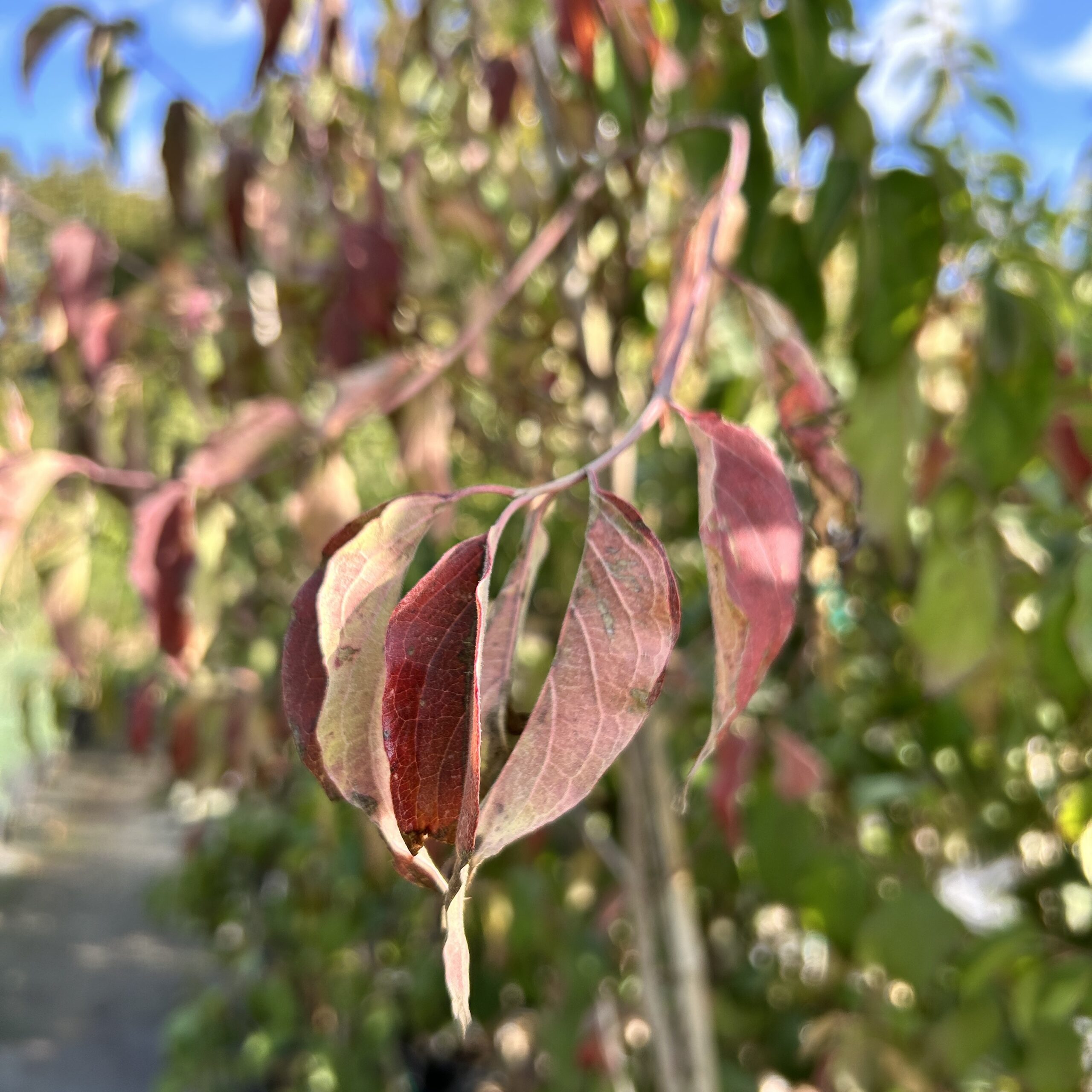
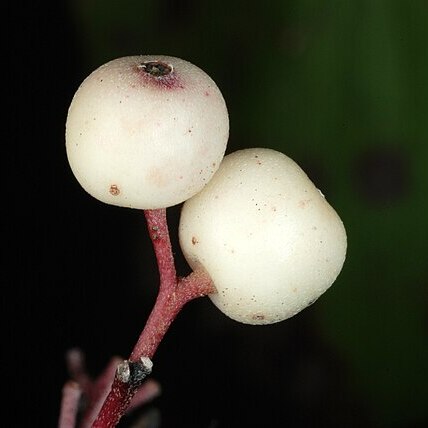
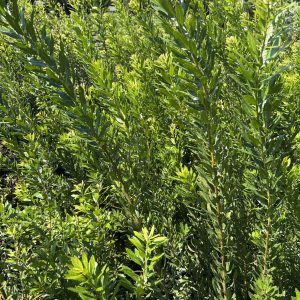
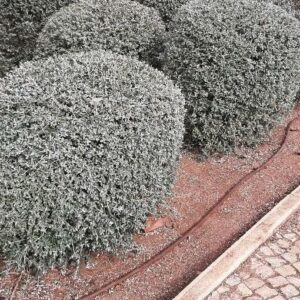
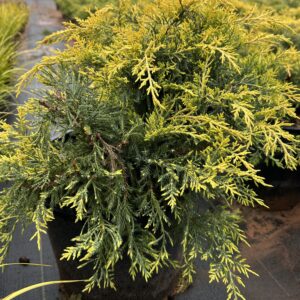
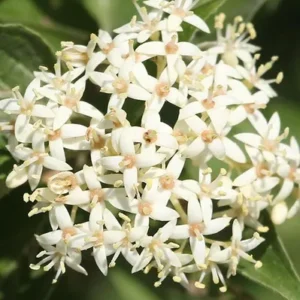
Reviews
There are no reviews yet.